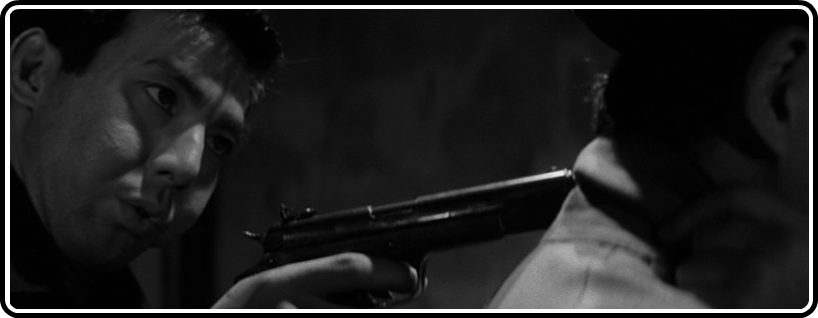
Even though I didn’t quite make my New Year’s Eve deadline to wrap up my blogging coverage of Criterion-related films of 1964, I’m still pretty close. All I have left to review are a pair of Eclipse Series titles from that year that IMDb didn’t provide a premiere date for (so I just cover them after everything else is done), and Stan Brakhage’s Dog Star Man (I always close out my years with whatever Brakhage issued during that particular journey around the sun), which I’ll write up very soon on my Criterion Reflections blog.
As it turns out, the two Eclipse movies fit together quite well, thematically and otherwise. Both Cruel Gun Story, from Eclipse Series 17: Nikkatsu Noir, and Black Sun, from Eclipse Series 28: The Warped World of Koreyoshi Kurahara, come at us from a context of Japanese fatigue with the American military presence that still lingered in that nation nearly two decades after the end of World War II. Each film features desperate men brandishing firearms in a frantic final bid to avert the disaster and death that they know will soon consume them. And they even share an actor, Tamio Kawaji – in a small support role here, more centrally cast in Black Sun. Though the tonal differences between the two movies are substantial, they make for a great double-feature pairing, which is how I watched them over the New Year’s holiday stretch and how I’m reviewing them in back to back posts here on Criterion Cast.
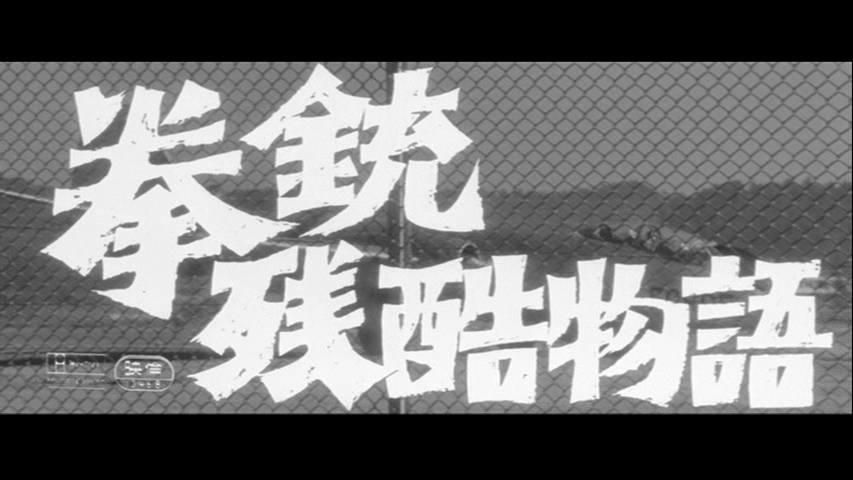
Cruel Gun Story is set in Yokohama, a location that takes on significant meaning when placed alongside other early 60s Japanese films situated in that city: Shinoda’s Pale Flower, Imamura’s Pigs and Battleships, Kurosawa’s High and Low, among others. As a major port and a thriving hub of commerce, Yokohama played a critical role in Japan’s economic rebound. The massive presence of ships, fighter jets, bombers and troops at the nearby base of the US Seventh Fleet in Yokosuka served as a constant reminder of Japan’s military defeat and subservience to American power. In their own way, each of the filmmakers referenced here posed a question to their fellow citizens: at what cost to our national character, and more pointedly, to those individuals who acquiesced to the tide of corruption, greed and backstabbing competition that fueled the recovery? Though none of these films goes so far as to scapegoat the American influence as a primary cause or alibi for the failures of certain groups or individuals, it’s hard to miss their shared assertion that the US military presence had a role in degrading the moral resolve of the locals.
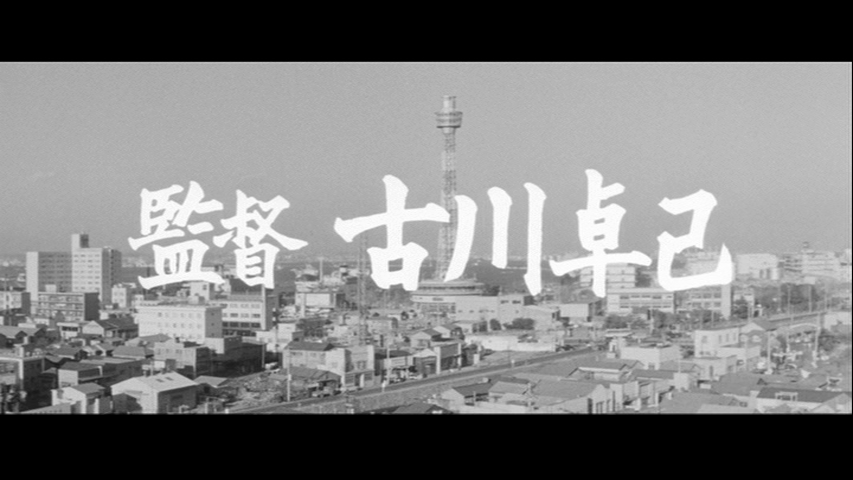
The director enlisted for the project, much like its conflicted protagonist who we will meet shortly, was a trustworthy hired hand who was regarded as having his best days behind him, and therefore somewhat easily disposed of once his work was done. Takumi Furukawa will never be remembered as one of the great Japanese directors, but his place in cinematic history was assured when he took on the job of helming Season of the Sun, the film debut of Yujiro Ishihara, the “Japanese Elvis,” and the beginning of the pivotal Sun Tribe craze that galvanized young Japanese audiences of the late 1950s and went on to open some crucial new avenues for subsequent directors to explore in the following decade. Cruel Gun Story turns out to be the last film that Furukawa made before taking his talents to Hong Kong and reinventing himself as the director Kao Mei Tei, working for the famous Shaw Brothers Studio movie factory for a pair of 1967 films before disappearing into anonymity as far as the internet is concerned.
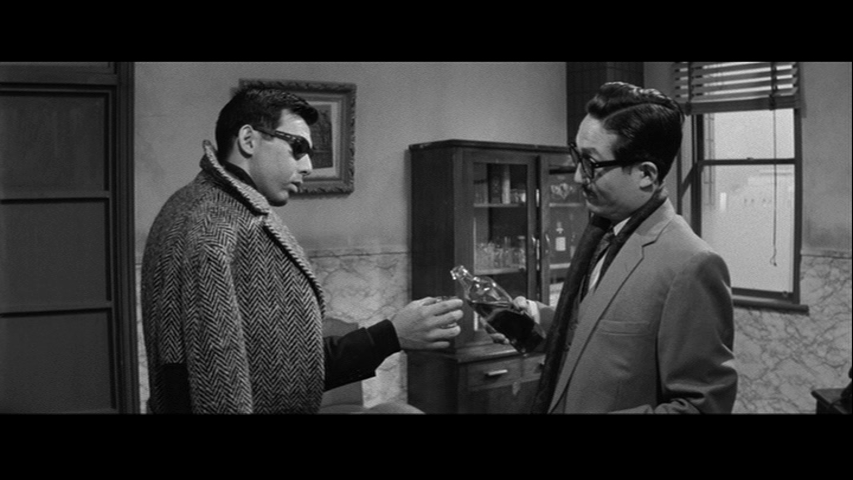
As for the performers, Joe Shishido (the guy in the shades) is undoubtedly the main attraction here as he grabbed another rung to pull himself up the ladder of success in Japanese action cinema. My hunch is that Cruel Gun Story was shot between his appearances in Youth of the Beast and Gate of Flesh, two Seijun Suzuki films that went a long way in establishing the legend that was forever sealed by his role in Branded to Kill a few years later. Here we see Shishido at his leanest, meanest and most focused. He plays Togawa, a just-released felon and hit man with a dead aim, whose release from prison two years before the end of his sentence was orchestrated by a crime boss who has him in mind to pull off a major job. Of course, Tagawa is never ushered in to meet with Mr. Big himself. Those details are handled by intermediaries – in this case, Ito, a disgraced former attorney with a lucrative and supposedly foolproof plan, and a flowing bottle of Johnnie Walker Black, just to get the conversation started.
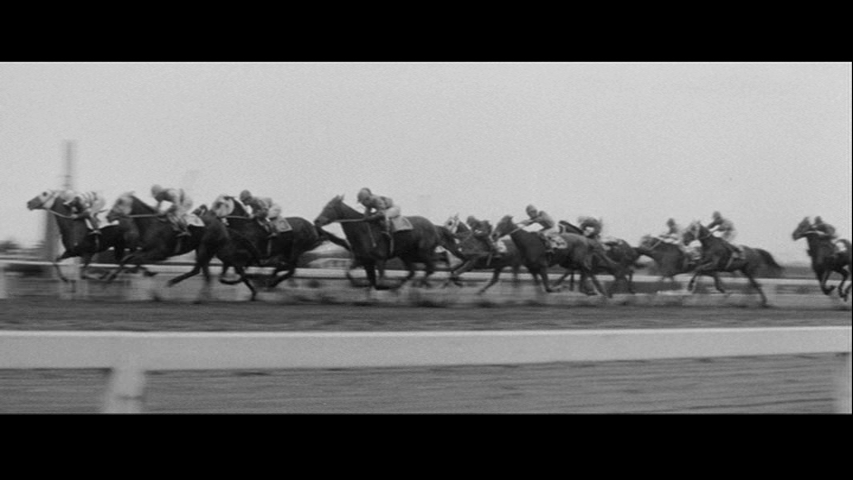
The scheme involves pulling off an armored car heist, just after the vehicle has been loaded with a day’s worth of receipts from the local horse racing track – a cool 120 million yen, more or less. Though Togawa is understandably reluctant at first to jeopardize his newly-gained freedom, he’s vulnerable to Ito’s manipulations – his promises of easy money and the relief it will provide in easing Togawa’s guilty conscience for the part he played in a tragic accident that crippled his innocent and beloved sister.
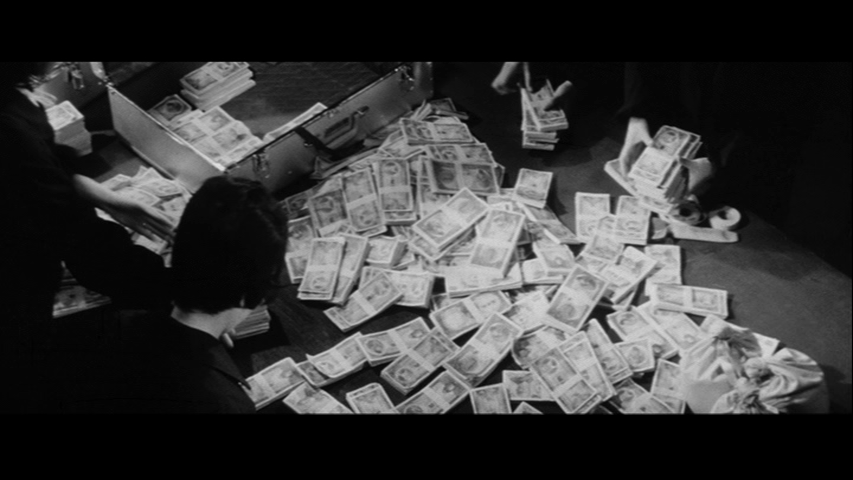
The allure of all that cash, the haul of a lifetime, proves too overpowering to resist, even though Togawa enters into the deal fully skeptical and suspicious, aware of the likelihood that double- and triple-crosses are practically certain to complicate the best-laid plans.
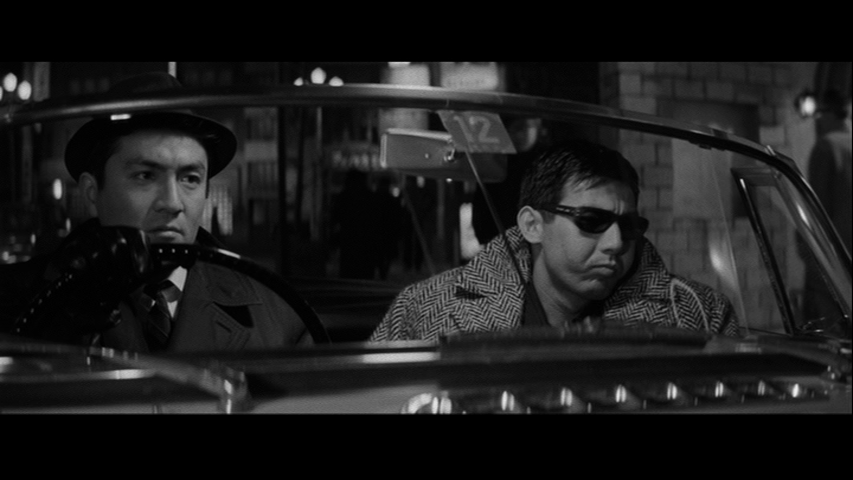
Ito has even gone so far as to recruit a number of allies who will help Togawa carry out the robbery. They turn out to be a rogue’s gallery of washed-up down-and-outers, each offering a particular skill in the art of thuggery, but plagued by an off-setting weakness as well. Still, Togawa spots one trustworthy face in the bunch, an old friend named Rie that he knows will stand by him in any and all circumstances.
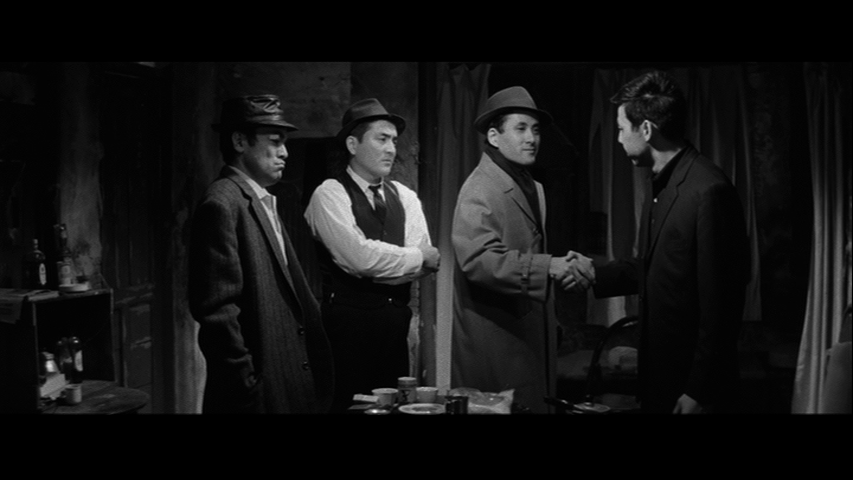
After a brief and humorous round of initiation tests that largely consist of smashing their would-be recruits in the face on a whim to see what kind of stuff they’re made of, Togawa’s gang is whittled down and ready for action. First, we’re treated to an enactment of how the armored car will be pilfered “according to plan.” Any viewer even remotely familiar with this style of caper film will instinctively know that the heist they have in mind will be quickly fouled, requiring them to improvise, adapt and overcome, with decidedly mixed results.
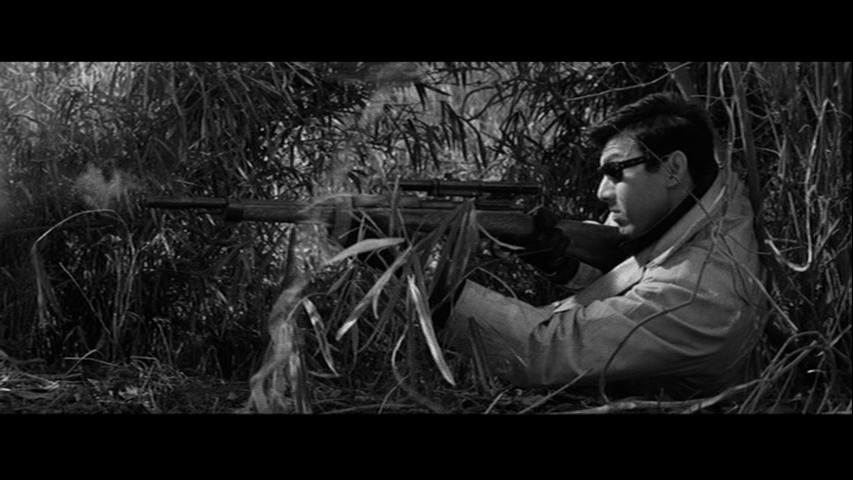
Togawa’s proficiency with the weapons and ice-cold demeanor make him the natural leader of this motley gang of desperadoes – “I’m the one who makes jokes and gives orders!” he barks, after dishing out a savage backhand to get their attention.

But as is so often the case with the most hardcore badasses we encounter at the movies, Togawa’s gruff exterior is just a shield to protect his softer side. His dedication to alleviate the suffering of his angelic, paralyzed sister provides a different motivation than the sheer greed that seems to propel everyone else in this Cruel Gun Story.
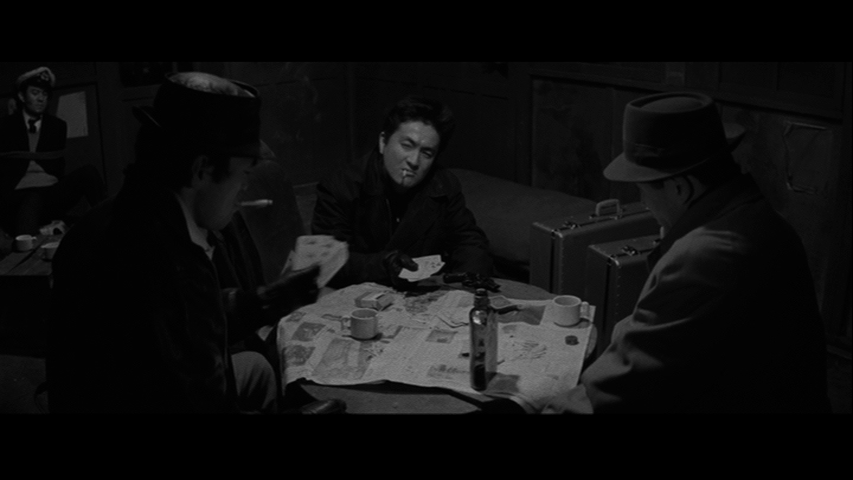
When the conspirators finally execute their dirty deed, a few fateful miscalculations prove to be their undoing. The erosion of their plan creates plenty of suspense and unpredictability, as the need for a hasty escape leads them to take shelter in an abandoned complex of buildings last used by US troops who left the place in garbage-strewn ruins after they’d had their fun. As they seek an opportunity to make a clean getaway, mistrust and suspicion stir up thoughts of betrayal, dividing the gang and basically sealing their doom.
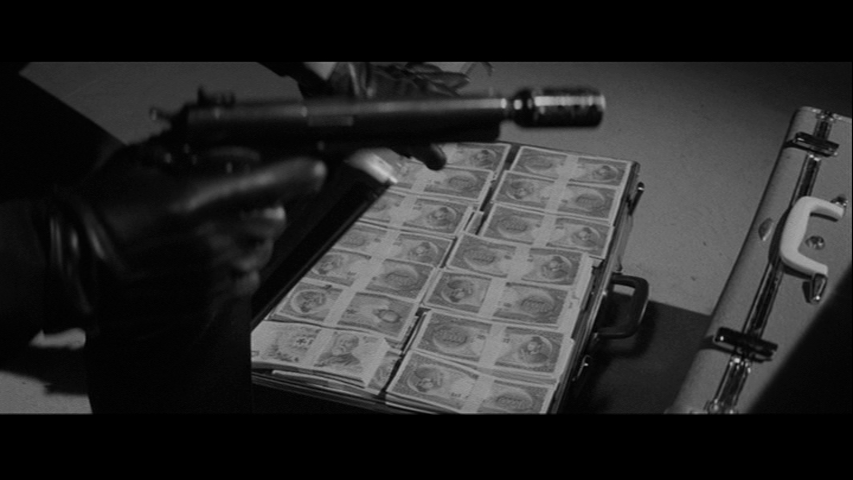
But the ground-level underlings are hardly the only ones looking for opportunities to turn the screws on their so-called partners. The final act of the film serves up a wild scramble of deceptive maneuvers in which hostages are taken, gunshots are exchanged and any last clinging scraps of ethical integrity and human decency are hastily discarded for the sake of revenge and survival. With an ending as bleak and nihilistic as one could plausibly imagine, even if it’s played out with such ham-handed flamboyance as to become slightly comical, Cruel Gun Story more than fulfills the promise implied in its unwieldy title, leaving a pleasantly bitter aftertaste for those who relish such flavors.
Part 2 of this double-feature review can be read here.
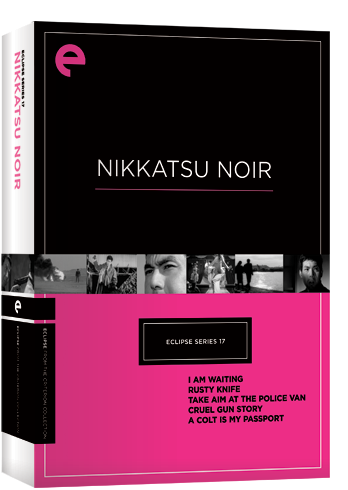
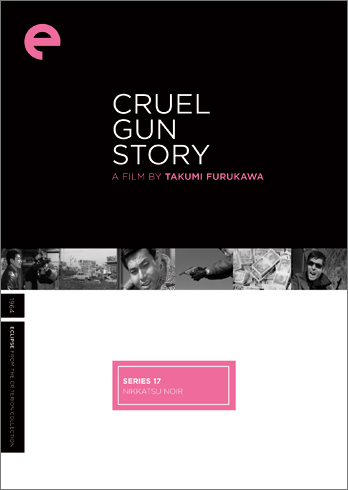



![Bergman Island (The Criterion Collection) [Blu-ray]](https://criterioncast.com/wp-content/uploads/2022/11/bergman-island-the-criterion-collection-blu-ray-400x496.jpg)
![This Is Not a Burial, It’s a Resurrection (The Criterion Collection) [Blu-ray]](https://criterioncast.com/wp-content/uploads/2022/11/this-is-not-a-burial-its-a-resurrection-the-criterion-collection-blu-ray-400x496.jpg)
![Lars von Trier's Europe Trilogy (The Criterion Collection) [The Element of Crime/Epidemic/Europa] [Blu-ray]](https://criterioncast.com/wp-content/uploads/2022/11/lars-von-triers-europe-trilogy-the-criterion-collection-the-element-of-400x496.jpg)
![Imitation of Life (The Criterion Collection) [Blu-ray]](https://criterioncast.com/wp-content/uploads/2022/11/imitation-of-life-the-criterion-collection-blu-ray-400x496.jpg)
![The Adventures of Baron Munchausen (The Criterion Collection) [4K UHD]](https://criterioncast.com/wp-content/uploads/2022/11/the-adventures-of-baron-munchausen-the-criterion-collection-4k-uhd-400x496.jpg)
![Cooley High [Criterion Collection] [Blu-ray] [1975]](https://criterioncast.com/wp-content/uploads/2022/11/cooley-high-criterion-collection-blu-ray-1975-400x496.jpg)